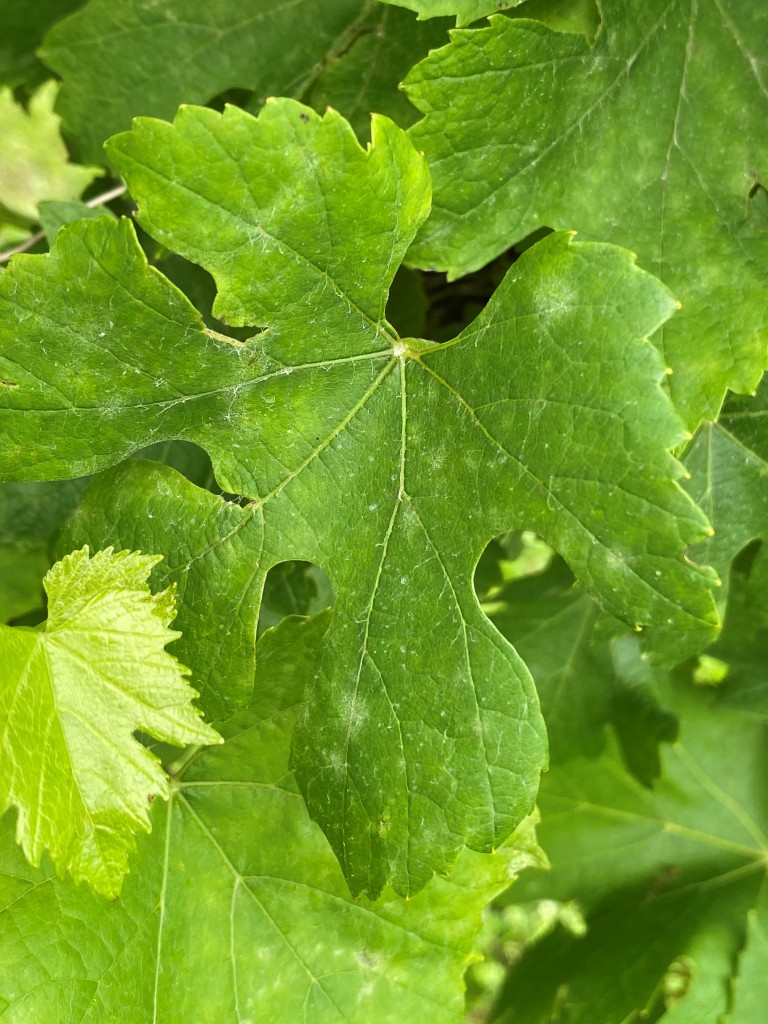By Clint Thompson
North Florida’s watermelon season is nearing an end in multiple fields, but one disease continues to persist. Growers in the region still need to be wary of powdery mildew disease.

Bob Hochmuth, UF/IFAS Regional Specialized Extension agent in Live Oak, Florida, said in his weekly email that if growers have a couple of harvest weeks left, they need to maintain their fungicide applications.
The disease has been a major problem at the powdery mildew fungicide trial at the North Florida Research and Education Center-Suwanee Valley. Powdery mildew is one disease that does not need moisture to flourish. It prefers the current hot and dry conditions.
According to the UGA Extension Vegetable Blog, Podosphaera xanthii and Erysiphe cichoracearum are the two important fungal organisms that cause cucurbit powdery mildew. P. xanthii is a more aggressive pathogen than E. cichoracearum. E. cichoracearum requires a lower temperature optimum and hence, this fungus is found mainly during cooler spring and early summer periods. In contrast, P. xanthii are more common during the warmer months.
There are various fungicides available for producers to protect their crops against powdery mildew. UGA Extension recommends using Quintec, Proline and Torino in rotation in watermelon and cantaloupe.









